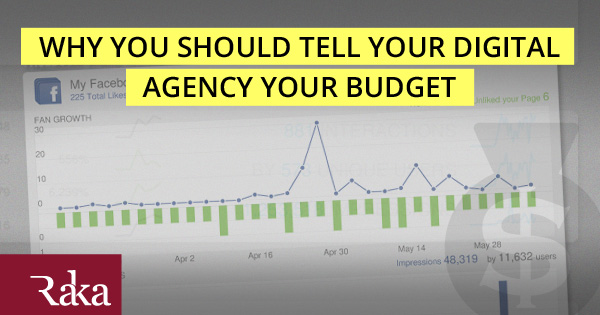Is a new website on your docket for the new year? Whether you’re switching to a new URL and design or moving over to a new CMS like HubSpot, the website migration process can be complex and challenging. If not done correctly, it can severely damage your site’s SEO and cause major headaches as you double down to make up for the lost ground.
While each migration is different, there are some general tools and practices that you can implement to set yourself up for success. Let’s dive in.
Table of contents
What is a site migration?
Getting ready
Audit your site content
Auditing your site content before the migration is one of the best things you can do. Like any move, it’s important to take inventory of what you have, what you want to keep (and maybe even improve), if you want to move pages to another part of your site, and what you can toss out. This way, you know everything you migrate over will help push you toward your goals.
On top of that, you’ll want to make sure that all of your blog content is formatted correctly for your CMS. This includes ensuring all your SEO efforts are up to snuff, like having a meta description, adding alt text to your images, and formatting your URLs.
If you are moving your website to HubSpot, there are some things you can do outside of your development team. For example, if you are moving your blog, you can import them onto HubSpot by simply adding the current URL and following a series of prompts. Keep in mind that this only works for blog posts; this process can’t be used for other types of content on your site.
Benchmark your analytics
We always say that data should drive any marketing decision you make. Having the historical information on hand of how your website is performing before the migration will help you quickly see if you lose any traffic. Be sure to identify which pages are the most important to your business, like the ones with the highest conversion rate and/or the most traffic, and the ones other sites link to the most. That way, you know what you need to prioritize if needed.
Build a site arch
Your site arch shows not only what pages you have only on your site, but where they will live. This will serve as your roadmap for both your design and development teams, so they know exactly what it is they need to create. When building your arch, try to keep it as simple as possible. You don’t want to overcrowd your navigation menu; not every page needs to have its own drop-down. By using CTAs or other buttons, you can drive people to where they need to go and save the drop-down options for your most important and/or most trafficked pages.
Work in a sandbox
You never want to present a project before it’s finished and risk giving off the wrong impression to potential customers. Working in a sandbox or demo site allows you to test drive how everything will work before you finalize your website migration, allowing you to catch any errors like broken links, typos, or missing assets.
Launch day best practices
Now that we know what to do to prepare for your website migration, let’s walk through the steps you need to take in the days leading up to the launch.
Submit your sitemap to search engines
A sitemap helps search engines understand all the pages and content on your site and the relationship between them. By reading this file, search engines are able to more effectively crawl your pages and make decisions about how they should rank. Including both the old and new site maps will help them understand any redirects as well. You’ll also want to create a robots.txt to block search engines from crawling specific pages.
Make sure the timing is right
Trying to launch your new or migrated site during your busy season can cause unnecessary stress and leave you juggling multiple tasks at once. Scheduling it instead during a slower period gives you the time and flexibility to do it at a comfortable pace, and take your time. Additionally, never launch on a Friday. If there are any issues that need to be fixed, you don’t want to be doing so over the weekend.
Check your URLs and set up redirects
If you’re changing your site’s URL structure, you’ll need to make sure the old pages point to the new ones with the proper 301 redirects. Without this, your new pages won’t see the traffic you want, and it can severely impact your rankings. These can stay up for as long as you need.
You’ll also want to ensure that you have the latest SSL and the correct security headers so that your site is safe and protected.
Migrating a website can be difficult, but sticking to a game plan will set you up for success. By auditing your site, benchmarking your analytics, building your site arch, and working in a demo portal or sandbox, you’ll be teed up for a great launch. On the big day, submitting your sitemap, double-checking your timing, and giving your URL structure and site security a final sweep will ensure your website kickoff goes off without a hitch.
If you’re looking for a partner for your website migration, Raka is here to help. Our team of seasoned digital marketing vets will set you up for success from start to finish. To learn more, drop us a line and get the ball rolling today.






